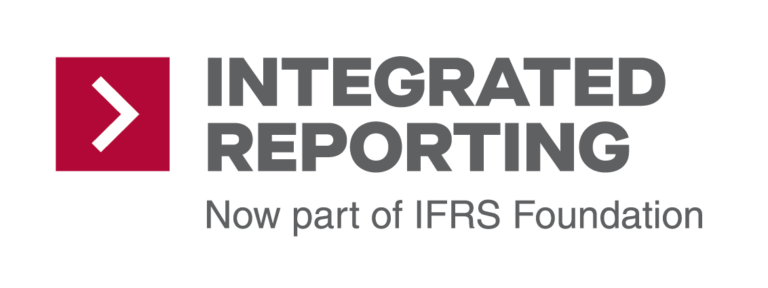AngloGold Ashanti’s business model provides a succinct overview of how the business pursues its core strategic focus of creating value. The business model demonstrates all elements as required by the <IR> Framework (Section 4C), including demonstrating the company’s efforts to monetize the outcomes of its business model. Furthermore, the business model also provides information on…
Archives
-
Business model
Talawakelle Tea Estates' Annual Report provides a good example of how companies should communicate complex information with regard to capitals in a reliable, insightful and understandable manner. In compliance with the section 2.17 of the <IR> framework, the organisation’s business model outlines the unique capitals which directly impact the company's long-term value creation activities. The…
-
Business model
Lendlease’s Integrated Report outlines five pillars of value – namely Health & Safety, Financial, Customers, Our People and Sustainability – which are essentially the capitals that drive long term value for the business and stakeholders. In compliance with section 3B of the <IR> Framework, the ‘Pillars of Value’ section provides a comprehensive table where links…
-
Performance
As well as featuring in the business model, information related to the capitals is well integrated across a number of sections within the Group’s report. The “Our Performance over Capitals” section identifies the capitals on which the company depend for success, and details the outcomes and performance (as described by 2.11 of <IR> Framework). In…
-
Business model
In describing how the organization creates value through the use of the six capitals, MTN concisely illustrates in its business model (pp. 12-13) the key inputs for each capital, the activities carried out as aligned to its vision, purpose, governance and strategy, the outputs and the outcomes achieved. Then (pp. 14-15), in a table, the…
-
Risks and opportunities
York Timbers’ principal risks discussion presents information in a concise (3E of the <IR> Framework) yet informative manner by using succinct bullet points. After initially presenting risks in a risk heat matrix, detailed tables take readers through a number of additional aspects. Each of the key risks is initially described, with icons then indicating whether…
-
Risks and opportunities
Royal Bakofeng Platinum’s 2016 Integrated Report demonstrates alignment with the <IR> Framework in several areas. Firstly, the report discusses both opportunities and risks, which is called for by 4.23-4.26. As well as showing actions that have been taken in regard to these risks and opportunities, the report indicates which actions will be taken in the…
-
Basis of presentation
Nedbank Group publish a succinct yet informative ‘About our Integrated Report’ discussion which aligns with para. 4H of the International <IR> Framework – basis of preparation and presentation. The discussion begins by covering the scope and boundary of reporting (4.43-4.46) and moves onto summarising key aspects of Nedbank’s value creation process (a fundamental concept of…
-
Business model
Sasol’s business model is illustrated over two two-page spreads. The first succinctly summarises the six capital inputs, key processes, outputs and outcomes of the model (paras. 4.14-4.20 of the International <IR> Framework), before quantified data is provided on the company’s ‘financial’ and ‘sustainability’ impacts. The second spread provides a more detailed ‘Scoreboard of our six…
-
Risks and opportunities
Redefine Properties’ ‘Top-of-mind risks and opportunities’ spread demonstrates strong connectivity (para. 3B of the International <IR> Framework) and strategic focus and future orientation (para. 3A). After a brief introduction, two risk heat matrices are shown, which plot ‘An 18 month time horizon’ and ‘A five year time horizon’ for risks weighed against ‘Impact of Redefine’…
